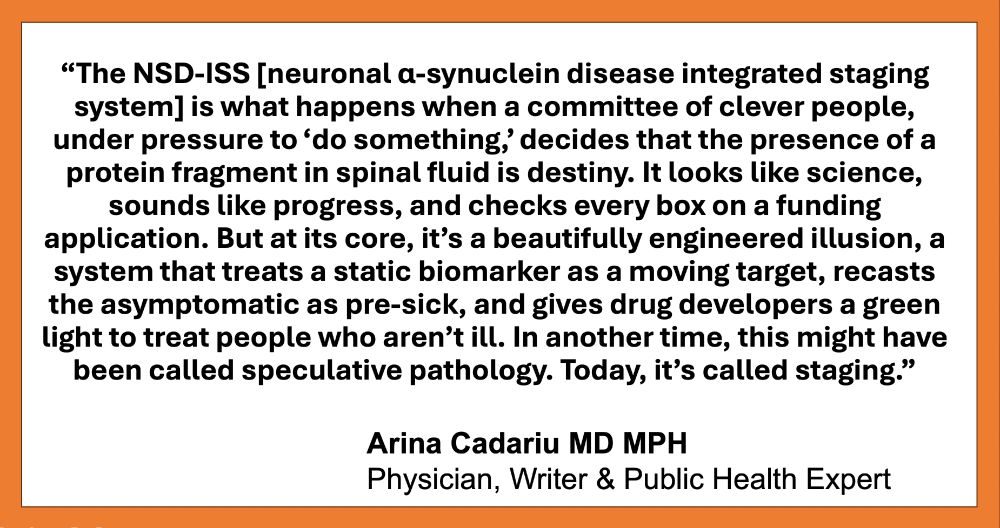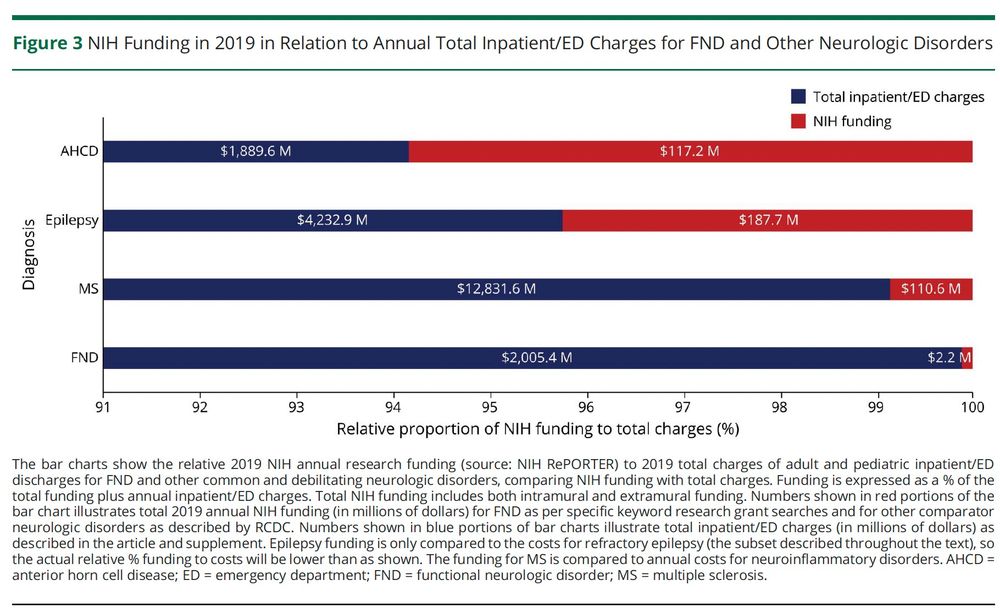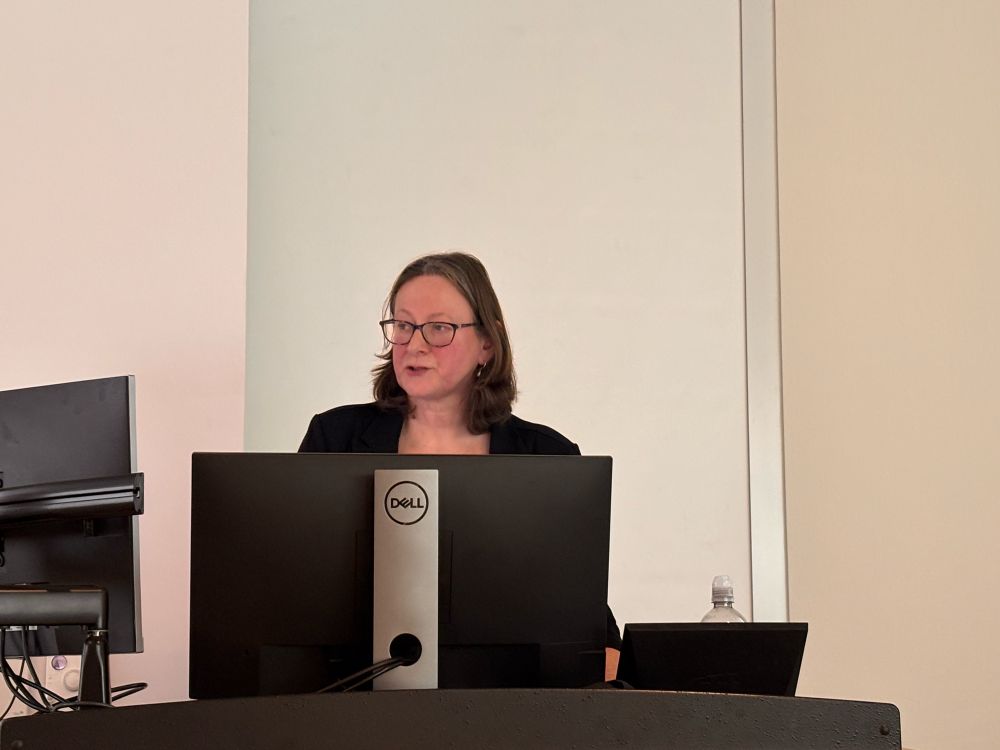












www.alzforum.org/news/confere...


www.alzforum.org/news/confere...
Higher CSF C-α-syn was linked to slower MMSE decline in AD. The higher the CSF C-α-syn, the lower the rate of MMSE change (dMMSE/dT) in AD patients; therefore, the more stable the MMSE is. This is good!

Higher CSF C-α-syn was linked to slower MMSE decline in AD. The higher the CSF C-α-syn, the lower the rate of MMSE change (dMMSE/dT) in AD patients; therefore, the more stable the MMSE is. This is good!

⚠️ Good lab accuracy, not real-world benefit
⚠️ No gains for patients or caregivers
Availability ≠ necessity. Don't do it just because you can.
www.bmj.com/content/390/...

⚠️ Good lab accuracy, not real-world benefit
⚠️ No gains for patients or caregivers
Availability ≠ necessity. Don't do it just because you can.
www.bmj.com/content/390/...




1. Prediction of cognitive impairment via a computational modeling framework: "Higher CSF Aβ42 levels consistently demonstrated a protective effect".
www.mdpi.com/2075-4418/15...

1. Prediction of cognitive impairment via a computational modeling framework: "Higher CSF Aβ42 levels consistently demonstrated a protective effect".
www.mdpi.com/2075-4418/15...
authors.elsevier.com/c/1lFg54pqQO...

authors.elsevier.com/c/1lFg54pqQO...
www.neurology.org/doi/10.1212/...

www.neurology.org/doi/10.1212/...
Although amyloid and tau PET look similar, there is a rapid and early Aβ42-to-amyloid conversion in E4/E4, depleting CSF Aβ42 levels.
www.nature.com/articles/s41...

Although amyloid and tau PET look similar, there is a rapid and early Aβ42-to-amyloid conversion in E4/E4, depleting CSF Aβ42 levels.
www.nature.com/articles/s41...
jamanetwork.com/journals/jam...

jamanetwork.com/journals/jam...
www.neurology.org/doi/abs/10.1...

www.neurology.org/doi/abs/10.1...
• 8% of Stage 3 patients
• 41% (!) of Stage 4 patients
If a staging system can be shifted backward with asymptomatic treatment, can it reliably measure disease progression?

• 8% of Stage 3 patients
• 41% (!) of Stage 4 patients
If a staging system can be shifted backward with asymptomatic treatment, can it reliably measure disease progression?







